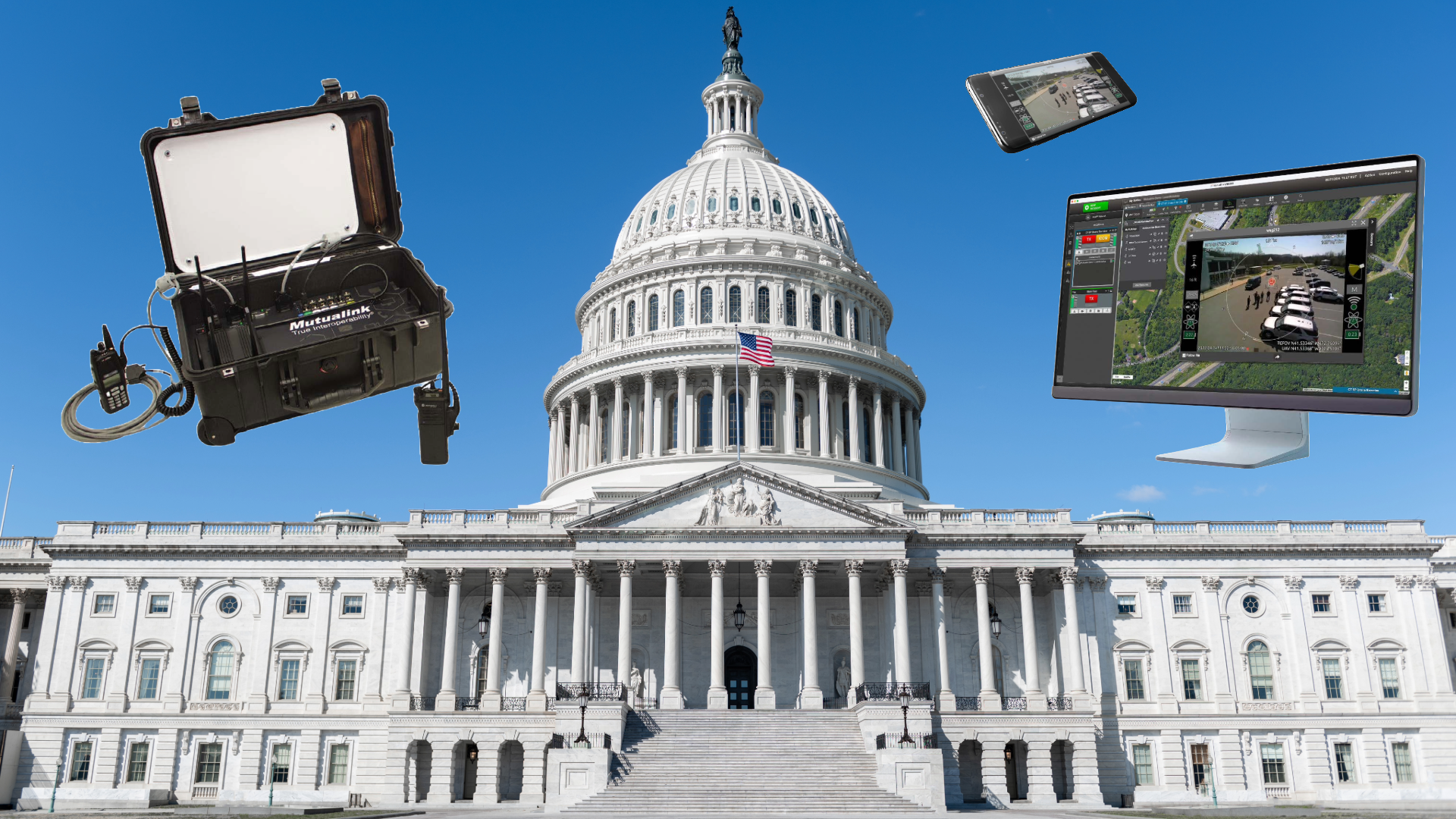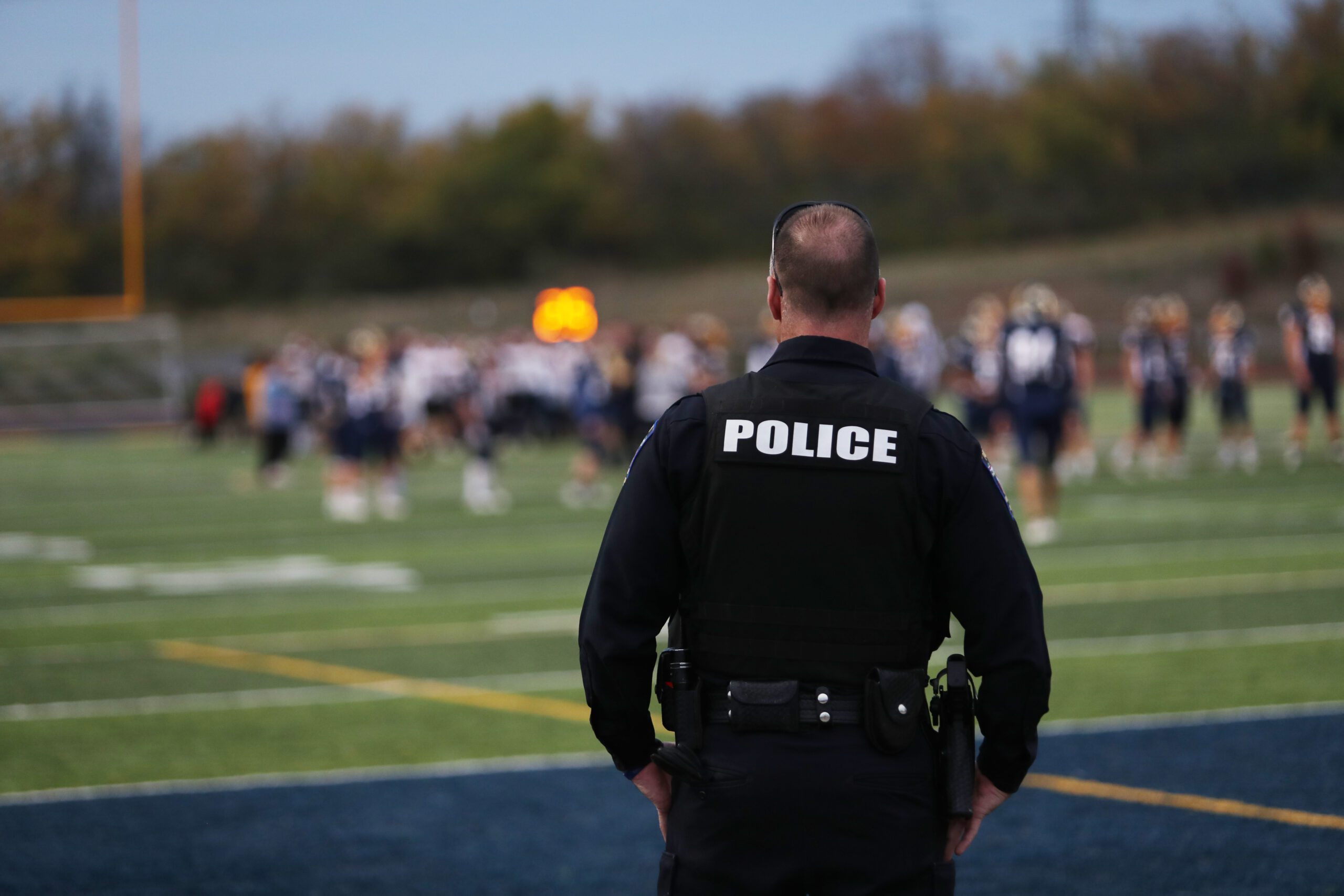SCHOOL SAFETY LEADER URGES INTEROPERABLE COMMUNICATIONS TO TX LEGISLATURE
Capt. Francis of Seminole County Sheriff’s Office Recounts Lessons Learned and Advocates for Instant Radio and Video Sharing Between Schools and Law Enforcement
Wallingford, CT – Mutualink, Inc. a leading worldwide provider of secure interoperable communications solutions, today announced that school safety leader Captain Rick Francis of the Seminole County Sheriff’s Office, located in Seminole County, Florida, delivered powerful testimony to the Texas House of Representatives on June 27, 2018 outlining the imperative of implementing interoperable communications for emergency response in schools.
Serving Seminole County’s school district of 63 public schools with 67,000 students and 10,000 employees, the 10-year veteran recounted Florida’s losses during the school shooting at Marjory Stoneman Douglas High School in Parkland, and the loss Texas suffered during the mass shooting at Santa Fe High School. According to Capt. Rick Francis, in the wake of these tragedies, school response has been to harden facilities to enforce prevention. While this approach has value, hardening can’t stop a crisis already in
process. Today’s schools rely on first responders to effectively handle crises, and strong communication is key.
“The single most important capability a school must have is the ability to instantly and directly communicate with first responders in an emergency,” said Capt. Francis. “The ability for schools to share information in real time about what is happening and to stream live video to public safety as
events unfold is critical to law enforcement being able to respond quickly and decisively.
“Here are the hard facts. Virtually all after incident reports share a common theme. Communications problems and the inability of the school and law enforcement agencies to coordinate is repeatedly cited as a major response failure and source of costly time delays and inaction. Publicly reported information from the Parkland shooting clearly makes the case. In that event, multiple agencies responded but could not communicate with each other. Calls from the school were routed through 9-1-1 and information was slow to be disseminated. It took law enforcement more than twenty minutes to access school video and identify what the shooter looked like. The shooter escaped from the school mingling with students and made it out to the community at large. The shooter was one rifle away from committing even more slaughter as students congregated outside the school. But Parkland is not unique. The same stories are repeated over and over. Five years prior, a lack of interoperable communications caused delays and confusion at Sandy Hook.”
Capt. Francis then discussed the solution: interoperable communications technology, a breakthrough in the world of emergency response that provides schools with significant advantages in the face of crises. It was even utilized in a real emergency that his own office encountered.
“In Seminole County, we set out to address this critical safety gap by implementing a system that enables school radio and communication systems to directly link with our office and seamlessly communicate with our radios,” said Capt. Francis. “The system also immediately begins streaming live video feeds from the school to our office, so we can not only talk with people on the scene but also see what is happening.
This gives us tremendous situational awareness and tactical advantages, speeding up response and resolution. If we can know the who, what and where up to the second, we can rapidly move to the threat and contain it. We know what we are dealing with. This not only saves lives by stopping the threat faster, it also significantly improves officer safety. As partner agencies arrive, we can also communicate with them providing more effective force multipliers to the situation, ranging from containment, traffic control, medical assistance coordination and evacuation to hospital coordination.
“The system we implemented has proven effective and reliable already in the case of a suspected person reported carrying a gun,” said Capt. Francis. “We were able to immediately observe the person, communicate with personnel on the ground, coordinate activities and take action with incredible speed. Thankfully, it was a false alarm.”
Capt. Francis closed his testimony looking to Texas law enforcement for new ideas and best practices as they jointly confront the ongoing challenges today’s schools encounter.





